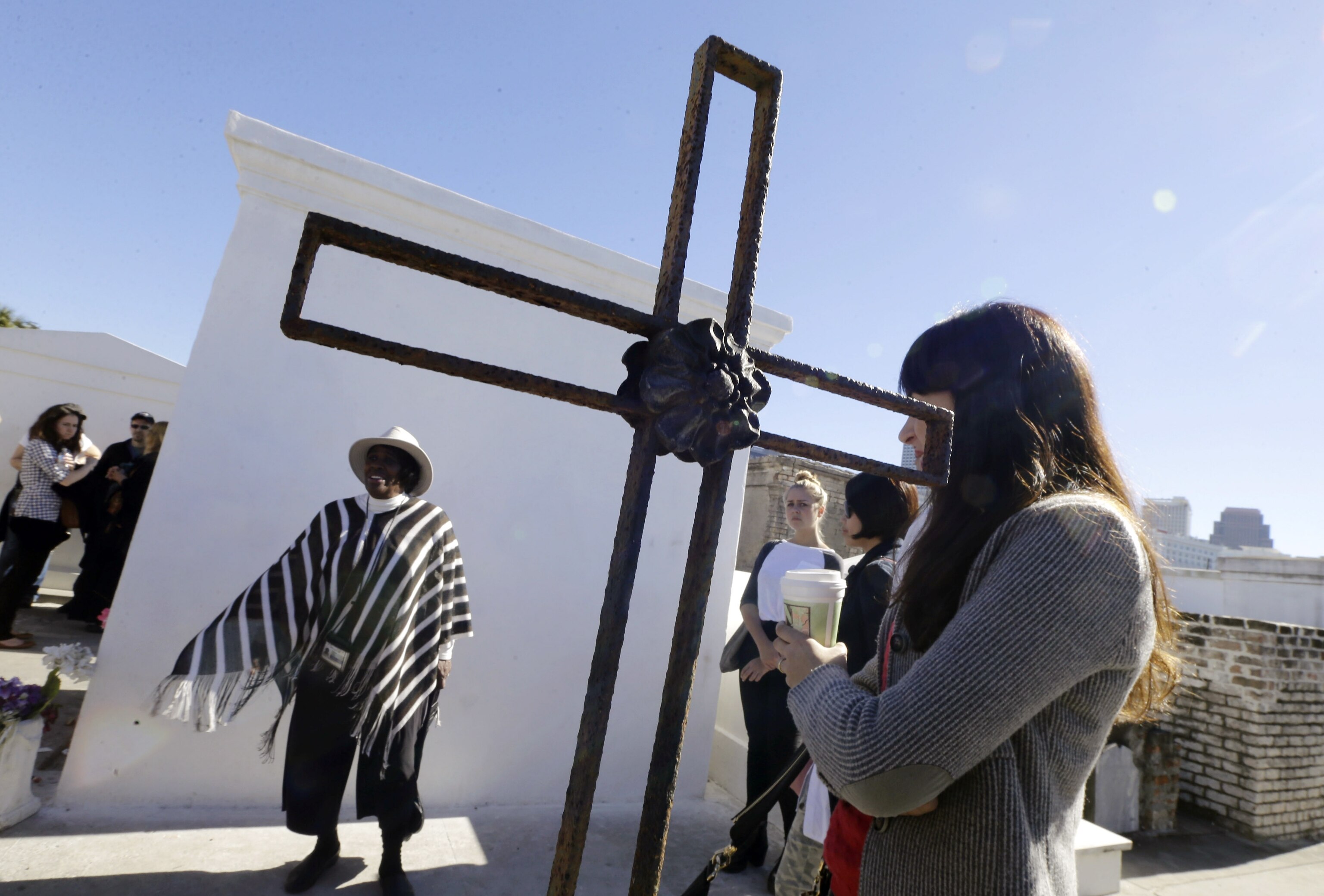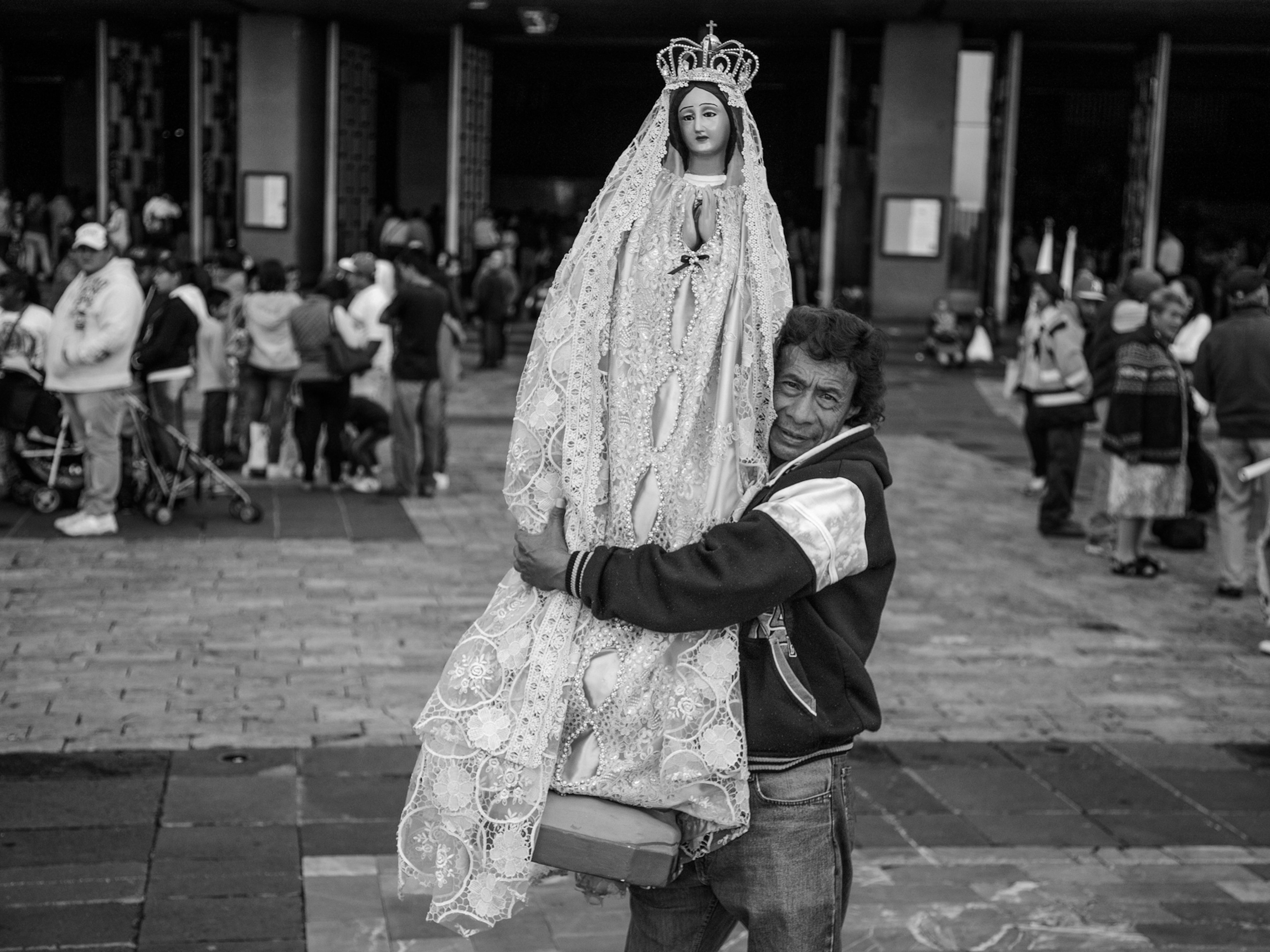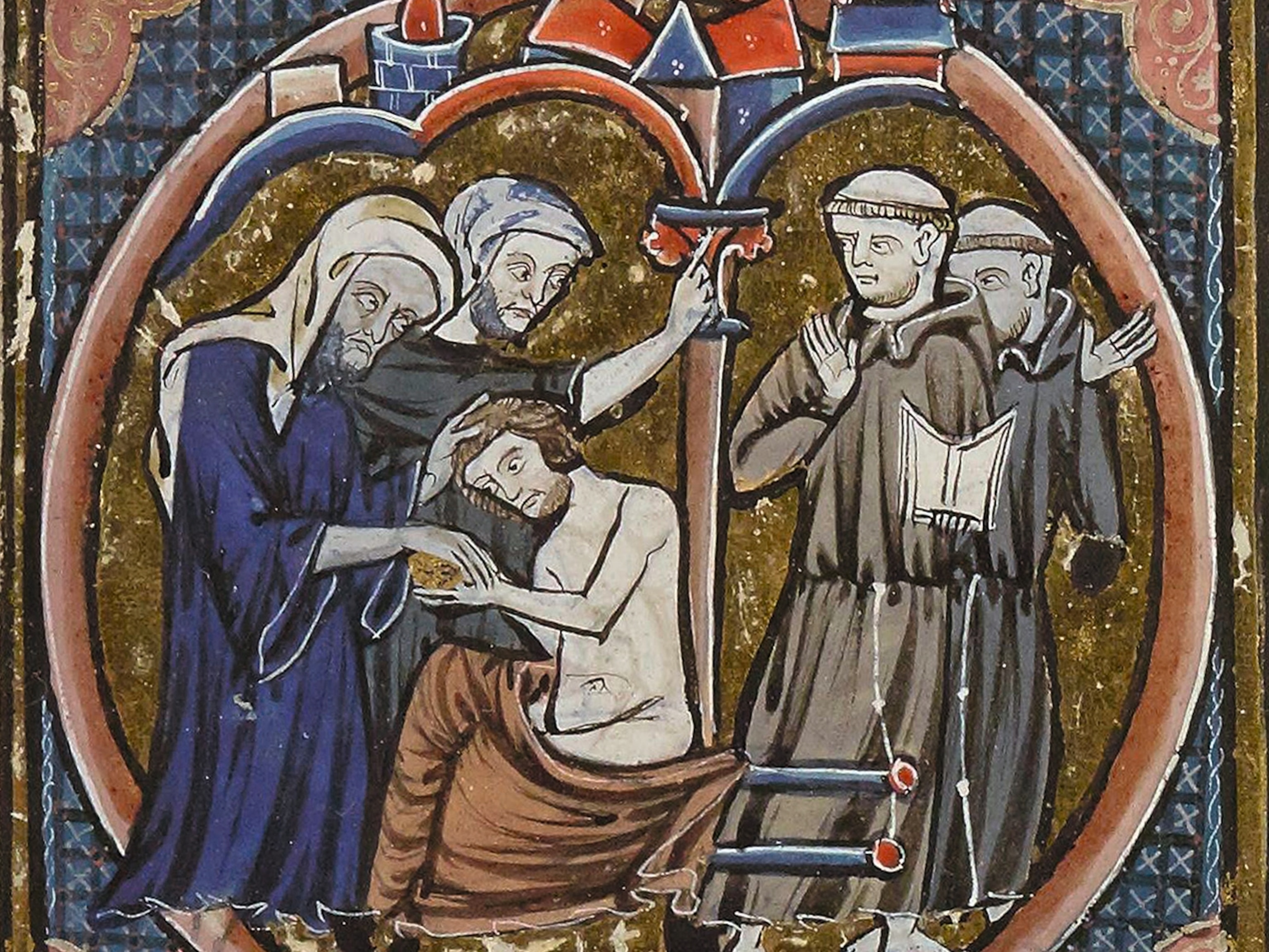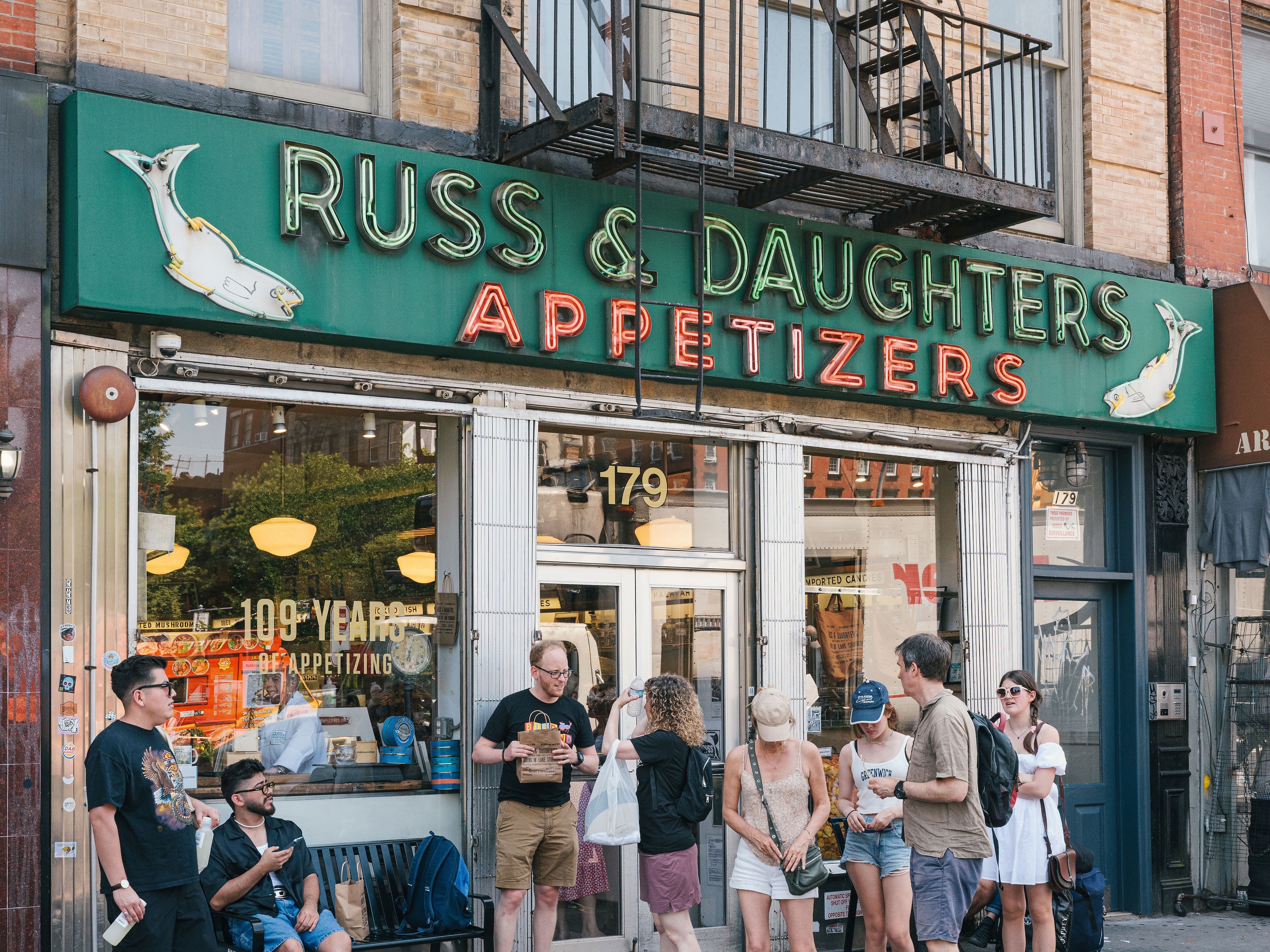
How to Visit the Holy City Known as the 'Big Easy'
The rich history of Catholicism and voodoo adds an extra dimension to a visit to New Orleans, where spiritual sites and thriving communities continue to draw modern-day visitors.
New Orleans may be home to the loud and sometimes lewd pre-Lenten Mardi Gras celebration, but it’s also a city influenced by a long and complicated history of religious devotion. In fact, while other states have “counties,” Louisiana still refers to such territorial divisions as “parishes.” St. Louis Cathedral, the oldest Catholic cathedral in continual use in the United States, is in New Orleans.
Many also associate the city with Louisiana voodoo, the spiritual beliefs and practices originating with enslaved West Africans that merge ancestor worship, polytheism, and Catholicism. St. Louis Cemetery No. 1 is the burial place of Creole voodoo priestess Marie Laveau, and her tomb attracts hundreds of visitors every year.
When to Go: February to May are the coolest months in subtropical New Orleans. Festive Mardi Gras and the following solemn Lent take place in February, March, or April.
Where to Stay: The French Quarter’s Hotel Monteleone is a historic building and one of the most famous haunted hotels in the country. Ernest Hemingway, Tennessee Williams, and William Faulkner have all visited. No word if they were among the guests to have seen the ghost of Maurice Begere, a child who died at the hotel in the late 1800s and who, the management says, still appears on occasion.
Cultural Tip: St. Augustine Church, the oldest African-American Catholic parish in the United States, holds a yearly jazz Mass during the Satchmo Festival in August. St. Augustine also celebrates traditional Mass with a choir, full band, and piano every Sunday at 10 a.m. for parishioners and visitors alike.
What to Read and Watch Before You Go: New Orleans Noir, an anthology that includes a collection of fictional stories based in pre- and post-Katrina New Orleans, is edited by a former reporter and writer. Portions of the book’s profits are donated to a program that awards grants to writers affected by the hurricane. Spike Lee’s documentary on Hurricane Katrina, When the Levees Broke: A Requiem in Four Acts, is an in-depth look at the impact of the storm on New Orleans.
- National Geographic Expeditions





